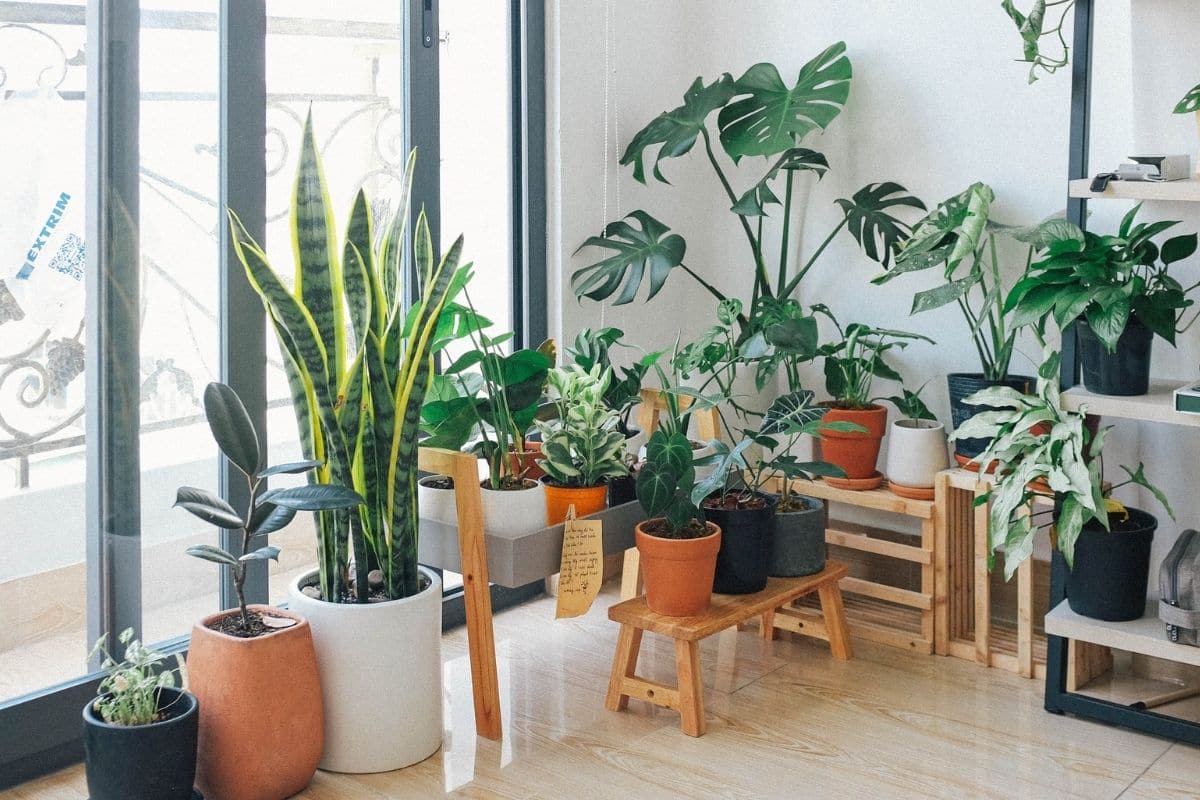
The plants appear to deal with a common and dangerous form of air pollution that can also occur indoors.
Nitrogen dioxide is a gas that is produced, for example, by car traffic. And it seriously affects air quality. Not only outdoors, but also in houses (especially when they are located on or near busy roads). And that has health implications. For example, exposure to nitrogen dioxide has previously been associated with serious respiratory diseases and impaired lung function. However, scientists have now found a very cool way to significantly reduce the concentration of nitrogen dioxide indoors; using houseplants† Experiments suggest that houseplants can reduce indoor nitrogen dioxide levels by up to 20 percent.
Popular houseplants
In their experiments, the researchers worked with a number of popular house plants, of which you may also have one on the windowsill or on the table. For example, experiments were carried out with Spathiphyllum wallisi, better known as the peace lily. Also for Dracaena fragrans (also called dragon’s blood tree) and Zamioculcas Zamiifolia played a starring role.
Experiments
Each plant was placed – on its own – in a test chamber. In that room, the concentration of nitrogen dioxide was just as high as in an office space adjacent to a busy road. Within an hour, all plants — regardless of what species they belonged to, whether they were in the light or in the dark, and whether the potting soil they were rooting in was wet or dry — was found to remove about half the nitrogen dioxide from the test chamber.
The researchers also calculated what those same plants could mean in a small office space (15 m3) with highly polluted air and poor ventilation. In such a room, five houseplants could remove up to 20 percent of the nitrogen dioxide from the air. In larger office spaces (about 100 m3), the effect of the same number of plants was considerably smaller: five house plants could remove about 3.5 percent of the nitrogen dioxide from the air. But, the researchers emphasize, that percentage can be increased quite easily by using more houseplants.
Surprising
The results of the experiments are quite surprising. “The plants we chose were very different from each other, but the extent to which they were able to remove nitrogen dioxide from the atmosphere was remarkably similar,” notes researcher Christian Pfrang. “It is also very different from the way house plants extract CO2 from the air, because the extent to which they do that depends strongly on environmental factors, such as whether it is night or day and how much water there is in the potting soil.”
inexplicable
This naturally raises the question of how the indoor plants extract the nitrogen dioxide from the air. The researchers must not answer that question for now, says Pfrang. “We don’t think the plants use the same process as for CO2 absorption, where the hole is absorbed through the stomata – small holes – in the leaves. There was also no indication, even during longer experiments, that the plants were returning the nitrogen dioxide to the atmosphere, so there is probably a biological process at play that also involves the soil the plant grows in, but we don’t know yet. what kind of process it is.”
Follow-up research should show exactly how the plants manage to extract nitrogen dioxide from the air and thus make the air we breathe a bit cleaner and therefore healthier. In the meantime, it certainly doesn’t seem a bad idea to expand your houseplant arsenal a bit further or at least give your existing houseplant arsenal the love and appreciation it deserves – as this study once again proves.
Source material:
†Common houseplants can improve air quality indoors” – University of Birmingham
Image at the top of this article: Huy Phan via Pexels